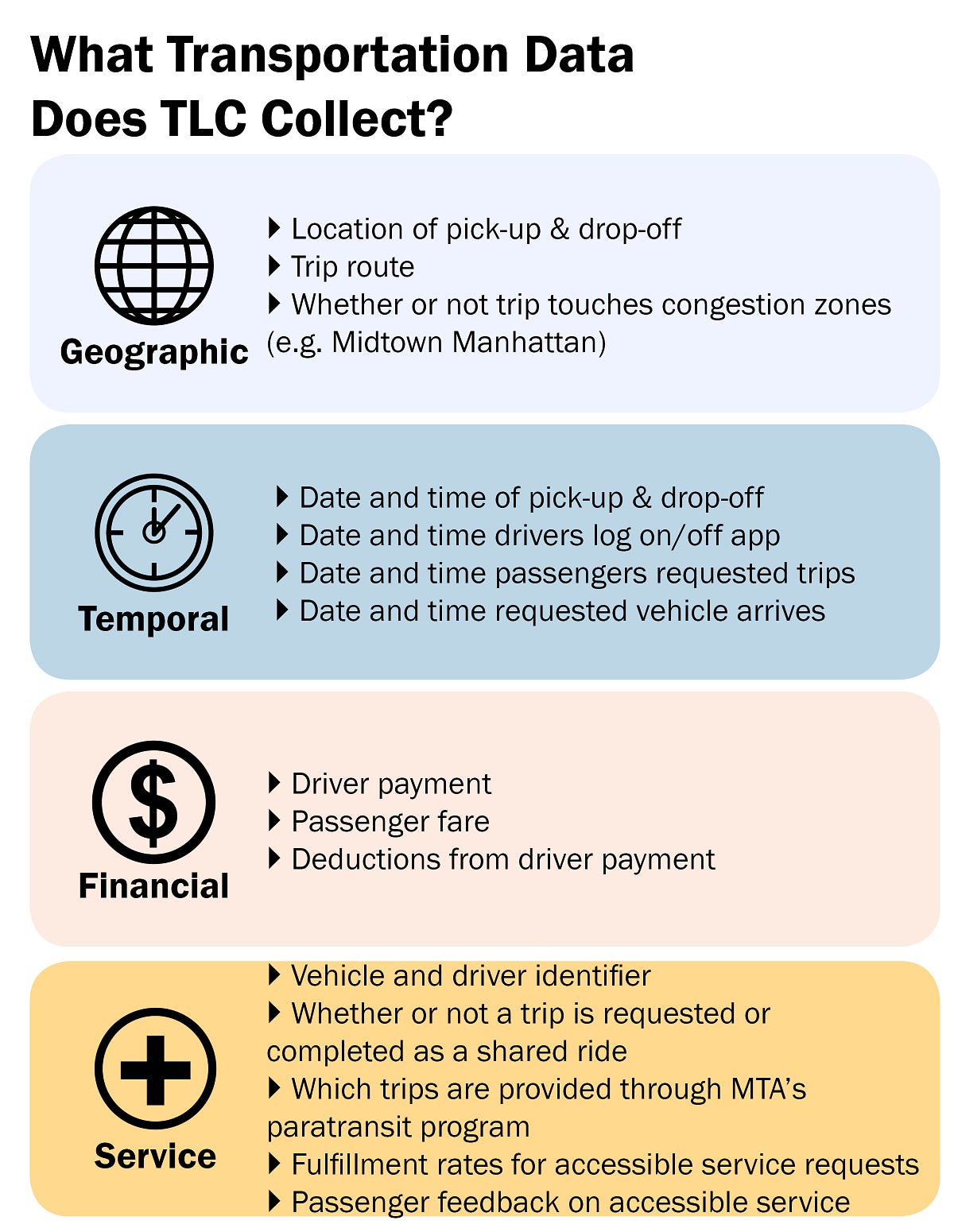Kiona N. Smith at Forbes: “What could the 107-year-old tragedy of the Titanic possibly have to do with modern problems like sustainable agriculture, human trafficking, or health insurance premiums? Data turns out to be the common thread. The modern world, for better or or worse, increasingly turns to algorithms to look for patterns in the data and and make predictions based on those patterns. And the basic methods are the same whether the question they’re trying to answer is “Would this person survive the Titanic sinking?” or “What are the most likely routes for human trafficking?”
An Enduring Problem
Predicting survival at sea based on the Titanic dataset is a standard practice problem for aspiring data scientists and programmers. Here’s the basic challenge: feed your algorithm a portion of the Titanic passenger list, which includes some basic variables describing each passenger and their fate. From that data, the algorithm (if you’ve programmed it well) should be able to draw some conclusions about which variables made a person more likely to live or die on that cold April night in 1912. To test its success, you then give the algorithm the rest of the passenger list (minus the outcomes) and see how well it predicts their fates.
Online communities like Kaggle.com have held competitions to see who can develop the algorithm that predicts survival most accurately, and it’s also a common problem presented to university classes. The passenger list is big enough to be useful, but small enough to be manageable for beginners. There’s a simple set out of outcomes — life or death — and around a dozen variables to work with, so the problem is simple enough for beginners to tackle but just complex enough to be interesting. And because the Titanic’s story is so famous, even more than a century later, the problem still resonates.
“It’s interesting to see that even in such a simple problem as the Titanic, there are nuggets,” said Sagie Davidovich, Co-Founder & CEO of SparkBeyond, who used the Titanic problem as an early test for SparkBeyond’s AI platform and still uses it as a way to demonstrate the technology to prospective customers….(More)”.

